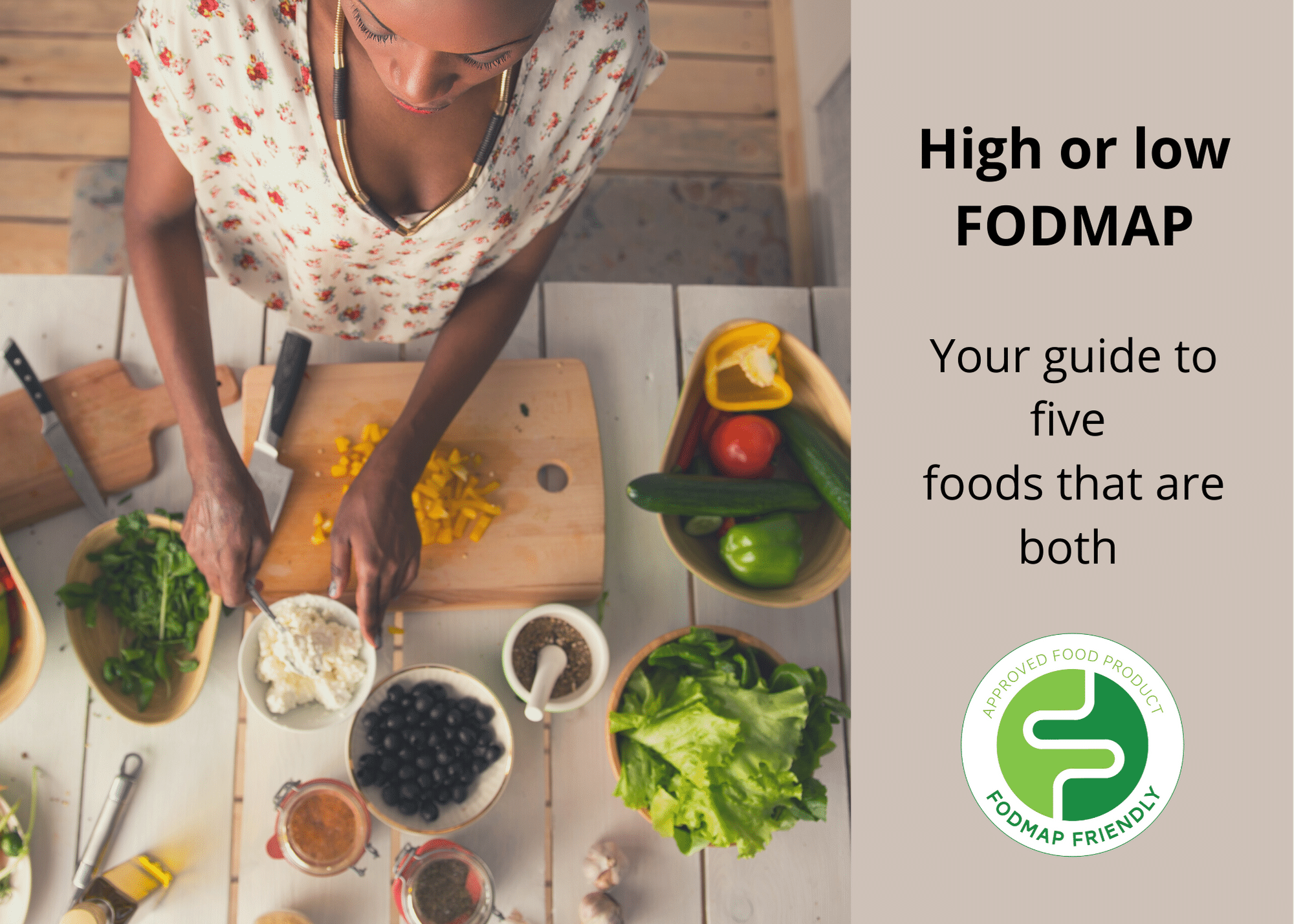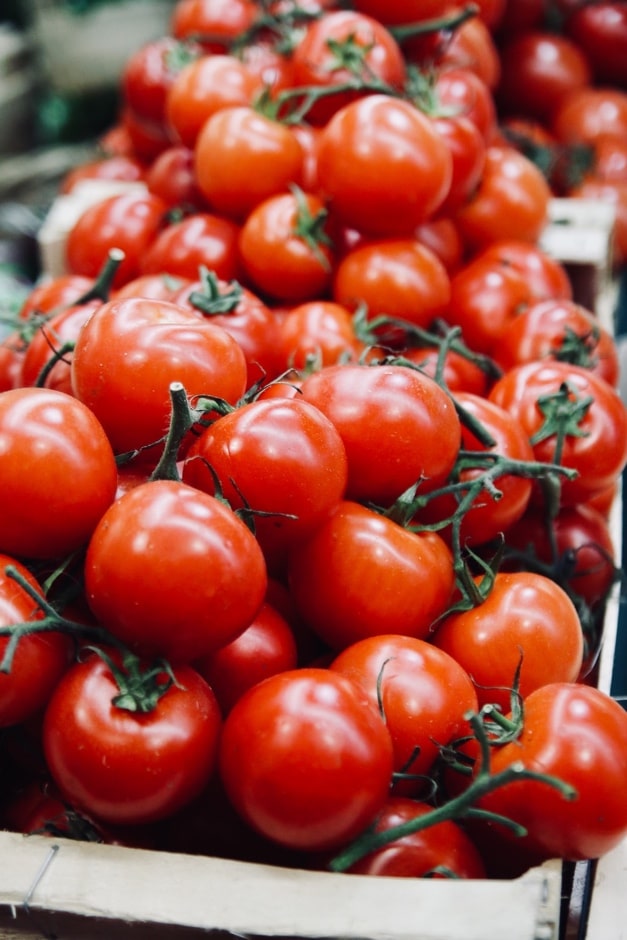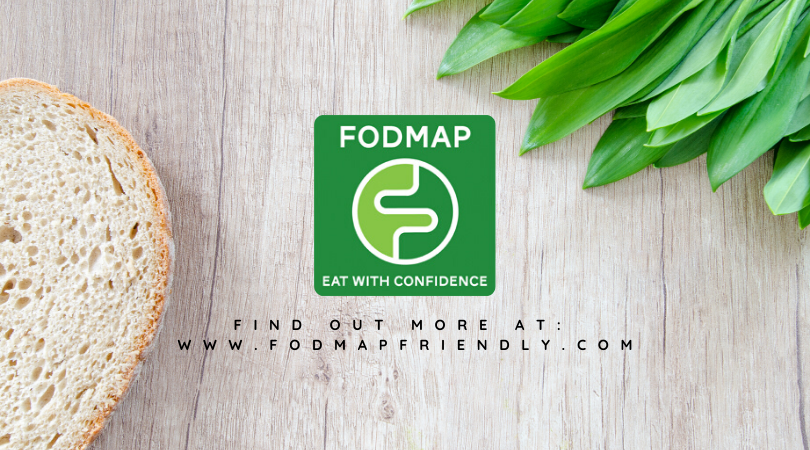High or low FODMAP? Your guide to five foods that are both
Posted on August 05, 2020

Navigating the world of FODMAPs can be tricky. We get it, and that is why today we are here to give a guide to five foods that can be both high and low FODMAP. This post also explains why we try not to say that a particular food is ‘high FODMAP’ or ‘low FODMAP’, because as you’ll discover – it’s often not as simple as that! Factors such as serving size and processing methods have a big influence on the FODMAP content of foods.
1. Corn
The main FODMAP culprit in corn is sorbitol – the naturally occurring polyol that makes corn sweet. Therefore, it is not surprising that the type of corn that is grown to be eaten as a vegetable (corn on the cob) is a source of sorbitol and one serve (1 cob) is considered high FODMAP
Canned corn kernels are low FODMAP in small serves, however it does become high FODMAP in larger serves, so portion size is important. When choosing sweet corn, avoid purchasing canned sweet corn kernels as these are high FODMAP even in small serves.
On the other hand, the varieties of corn that are designed to be ground into flour are lower in sorbitol and higher in starch. Good news – starch is not a FODMAP! Corn tortillas, corn pasta, polenta/cornmeal, maize flour and other foods made from corn starch/corn flour are fine to eat during the elimination phase of the diet as long as other high FODMAP ingredients have not been added.
2. Wheat
Wheat intake is reduced on the low FODMAP diet because wheat contains high levels of fructans, a type of oligosaccharide. However, it is important to note that wheat does not have to be strictly restricted when following the low FODMAP diet. When it comes to wheat, it all comes down to portion size!

One slice of wholemeal bread is low in FODMAPs and should be tolerated by most individuals with IBS. Whereas, a larger serve of two slices of bread contains high amounts of GOS and fructans, two types of oligosaccharides. Therefore, two slices of bread are considered a high FODMAP serve.
You’ll be pleased to discover that small wheat products such as sweet or savoury biscuits are considered low FODMAP in small serves (two biscuits). Larger servings (four sweet/six savoury biscuits or more) contain high levels of GOS and fructans so should be avoided. If you’re looking for a large serve size or serving platter, gluten free biscuits such as the Orgran gluten-free wafers could be the way to go.
3. Coconut
Shredded coconut is made from the flesh of a mature coconut which is then shredded/flaked and then dried. Shredded coconut is low FODMAP in ½ cup serves but has a moderate to high polyol content in serves over ¾ cup.
Similarly, long-life canned coconut milk is given the green light in a 1/2 cup serve. As the serve size increases, the amount of sorbitol and fructans also increases – so it is best to limit to ½ cup at a time. It is important to note that coconut milk as a beverage (the type you’d put in your coffee) is high FODMAP in 1/2 cup serves.

Coconut water (the clear liquid from the centre of fresh coconuts) is given the green light at a 100mL serve. Similar to fresh coconut, a 250mL serve is high in sorbitol and moderate in fructans. However, Canned coconut cream is manufactured in the same way as canned coconut milk, but is higher in fat, thicker and richer. Since its fat content is higher, it may be lower in FODMAPs than regular canned coconut. However, coconut cream has not been formally tested so it is a case of trial and error to determine your tolerance levels.
4. Chickpeas
Dried (and then cooked) chickpeas are considered high FODMAP, but cooked, canned chickpeas are lower in FODMAPs. Chickpeas contain GOS (a type of oligosaccharide), which partially leaches out into the water in canned products and lowers the chickpea FODMAP level. However, some of the GOS still remains in the chickpeas. This means that a ¼ cup serve of canned chickpeas is low FODMAP. Always remember to rinse your chickpeas before using them!

5. Tomatoes
Fresh tomatoes are in the low FODMAP category, so can be eaten freely and according to appetite. However, just before you go and throw plain crushed canned tomatoes into your low FODMAP pasta dish, beware that canned tomatoes have higher levels of fructose compared to fresh tomatoes. One serve is established at 3/5 of a cup but serves higher than this contain moderate amounts of excess fructose.

Tomato ketchup and tomato sauce are low FODMAP in a 13g (two sachet) serve. However, larger serves contain moderate amounts of fructans. Additionally, tomato-based products such as ketchup are often manufactured with other FODMAP ingredients that create a ‘FODMAP stacking’ effect.
Unfortunately, pasta sauce gets the red light in even ¼ cup serves as it contains high amounts of fructans and moderate amounts of GOS. This is not because of the tomato as such, but because pasta sauce is typically made with garlic and onion which are high fructan and GOS ingredients. Some FODMAP Friendly alternatives you might like to try are Slightly Different, Relish the Barossa, Simply Wize and FODMAPPED for You.
In summary
Determining the FODMAP level of a food is greatly dependent on the form it comes in and the serving you are wanting to consume it in. Your best bet is to download helpful apps such as the FODMAP Friendly app to navigate the supermarket and ensure you’re on the right track with your low FODMAP serves. Also, check out the list of FODMAP Friendly products based on various food categories here.
Written by: Charlotte Barber (Student Nutritionist)
Reviewed by: Charmaine Duong (Dietitian)








